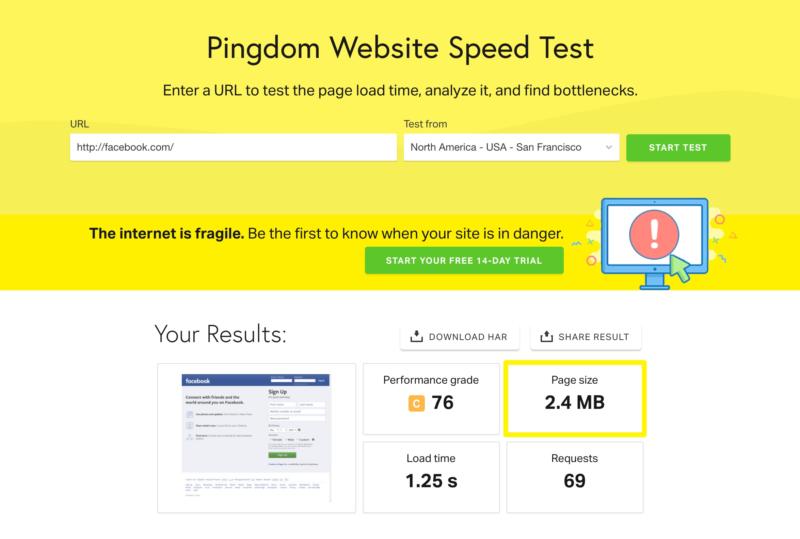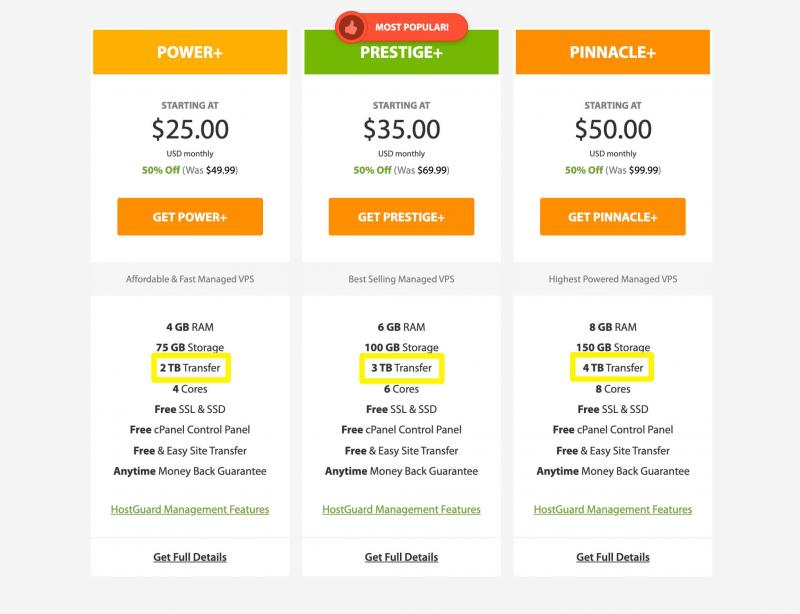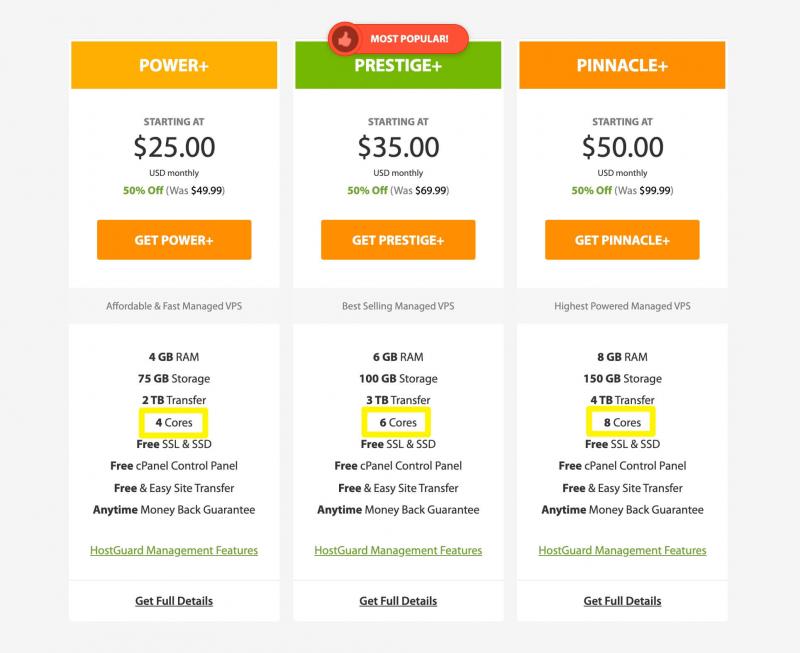- Jul 16, 2020
 0
0- by A2 News
When looking for a hosting plan, you might come across references to ‘web hosting resources’. This somewhat vague term is actually quite important when selecting the right plan for your website, but many hosts assume potential customers already know what it means.
Although web hosting resources encompass several different elements, they’re not too difficult to understand once you know what those elements are. Having this knowledge on hand can help you select a plan with enough power for your site’s needs.
In this post, we’ll define web hosting resources and explain how they impact which hosting plan you should choose. Let’s dive in!
An Introduction to Web Hosting Resources
As we already mentioned, web hosting resources encompass several different elements. However, they’re all generally related to your server’s power and capabilities.
Your plan’s available resources include your server’s storage space, memory, processing power, and the rate at which it can transfer data. We’ll explore each of these components in more detail shortly.
The web hosting resources included in your plan influence many key factors related to your site, including:
- Performance. Your server’s ability to process and transfer data determines, in part, how quickly your site’s pages are able to load.
- The size of your website. The storage limits of your server or Virtual Private Server (VPS) can restrict the size of your website. (However, this is generally only an issue for extremely large sites.)
- How much traffic your site can handle. If your site receives more visitors than it’s capable of returning data for, your server can crash. This can result in extended downtime and loss of credibility with your users.
- Hosting costs. Generally speaking, the more resources a plan provides, the greater the expense. However, hosts may also charge penalties if you exceed your allotted resources (especially on shared hosting plans).
Understanding the web hosting resources your plan provides can help you avoid the issues listed above and keep your site running smoothly.
4 Web Hosting Resources to Consider When Choosing a Plan
The web hosting resources most relevant to you will depend on the size of your site, what you use it for, and how much traffic it receives. However, the four terms below are the ones you’re most likely to encounter when looking for a new hosting plan.
1. Solid State Drive (SSD) Storage
A Solid State Drive (SSD) is a piece of hardware that is responsible for storage on a computer. All servers have one (or an alternative storage device), which means this resource is important to take note of no matter what type of hosting you’re interested in.
The capacity of your SSD determines the maximum size of your website(s). Generally speaking, your plan’s maximum capacity will be listed in Gigabytes (GB):

Estimating how large your site can get based on the amount of storage your hosting plan provides is not an exact science. Many different factors influence the size of your website, including media files and dynamic content.
However, the average web page size is just under 2 MB. To get a closer estimate of the total size of your website, you could use a platform such as Pingdom Tools to determine the size of some of your pages. Then, come up with your own average and multiply it by the number of pages on your site:

Finally, you may notice that some shared hosting plans provide ‘unmetered’ or ‘unlimited’ storage. Of course, there are still SSDs for these servers, and they have maximum capacities.
For these plans, hosts will add more SSDs as needed to accommodate website growth. However, there are likely still guidelines on excessive usage to be aware of, so make sure to read the fine print.
2. Bandwidth
Bandwidth refers to the rate at which a server is able to transfer data. In other words, it determines how quickly your website can display content to visitors.
Here’s a simple analogy – think of bandwidth as a straw. A larger straw (more bandwidth) can deliver more liquid (data) at a given time than a thin one.
Hosting plans might list bandwidth in terms of traffic (number of visitors) or in TBs of data:

Bandwidth is maybe the most important web hosting resource to understand when choosing a plan. You can have massive amounts of storage space, but it won’t matter if you have low bandwidth. Your data will transfer slowly and too much traffic could still overwhelm your server.
Like storage space, it’s hard to determine the exact bandwidth needs of your site. However, if you monitor page views with a tool such as Google Analytics, you can use a bandwidth calculator to get a rough idea of your requirements.
Also, some shared hosting plans may advertise ‘unmetered’ or ‘unlimited’ bandwidth. Like unlimited storage, there are actually limits in place to prevent excessive usage. Although small sites suited for shared hosting are unlikely to reach these limits, it’s still wise to read your host’s policies.
3. Central Processing Units (CPUs)
You can think of your server’s CPU as its ‘brain’. This is the device that handles all the various requests and processes your server has to carry out in order to make your site available to visitors, and carry out the various functions it provides to them.
A CPU usually has two or more ‘cores’. Each additional core provides an increase in processing power, enabling your server to handle more requests and carry them out more quickly.
You’re most likely to see CPUs come up when shopping for VPS or dedicated hosting. Higher tier plans often provide additional cores:

Traffic surges and high volumes of scripting requests for large or complex sites can overload your CPU(s) and cause downtime for your site. Generally speaking, your site’s traffic volume and the number of dynamic elements it includes are the best indicators of how many CPU cores you need.
4. Random Access Memory (RAM)
RAM refers to short-term memory your server uses when processing multiple requests at one time. While the CPU does the actual processing, RAM is responsible for holding the necessary data. Running out of RAM can result in a 500 Internal Server Error on your site.
You’ll typically see RAM listed for VPS hosting plans and dedicated servers in GBs:

Sites that receive high levels of traffic, include a large number of dynamic elements, and/or use a Content Management System (CMS) such as WordPress, Drupal, or Joomla will likely need more RAM than others.
Conclusion
Although web hosting resources may seem like a vague concept, they’re actually key to selecting the perfect plan for your website. Taking the time to understand what they entail can help you keep your website in top shape.
In this post, we defined four key web hosting resources:
- SSD storage: How much space your hosting plan provides for your website in GBs.
- Bandwidth: The rate at which your server can deliver data to your site’s visitors.
- CPUs: Your server’s main processing device, which determines how many requests your hosting plan can handle at once.
- RAM: Temporary memory that holds the data used by your server’s CPU when running simultaneous processes.
Image credit: Unsplash.












